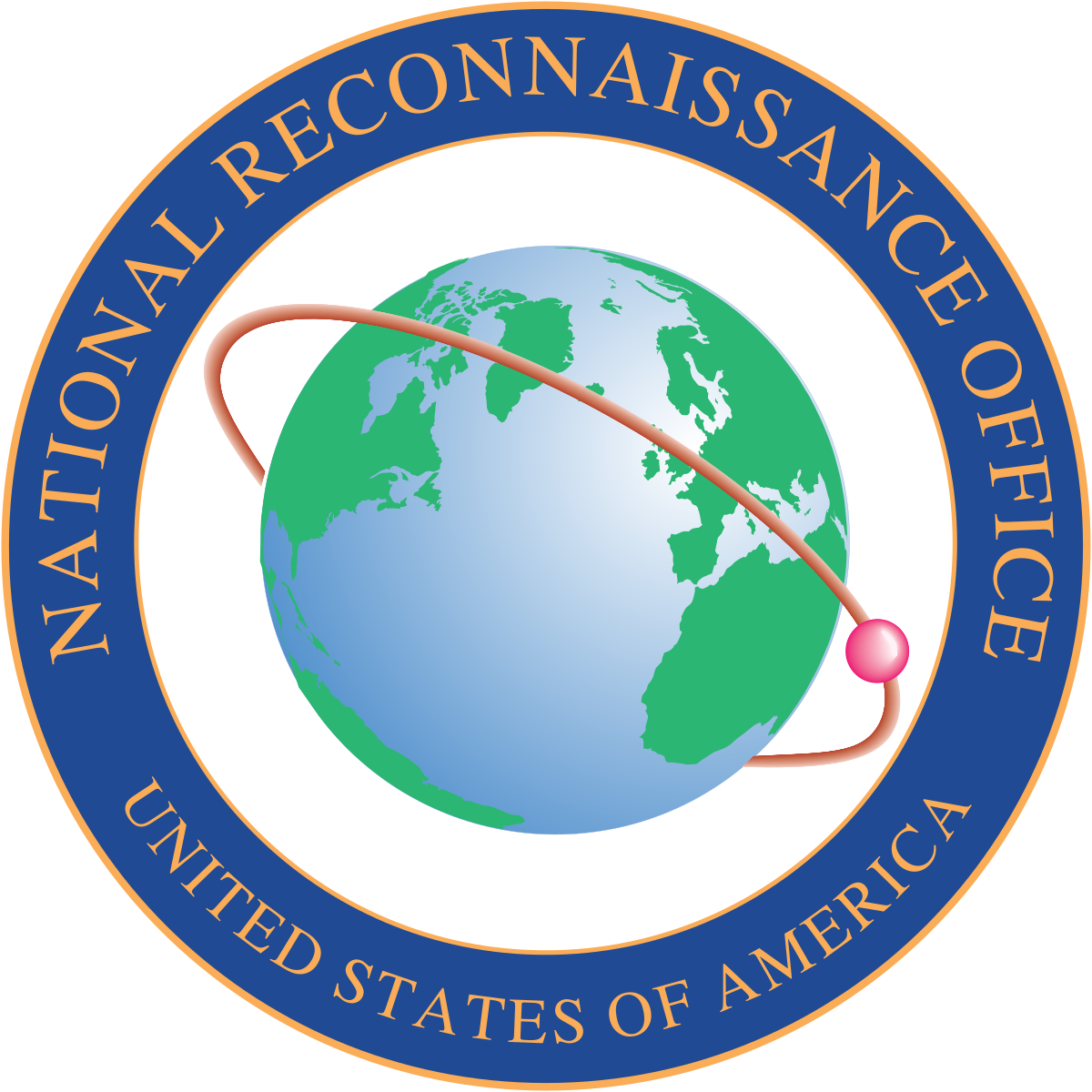
Back to selection

Supplier
National Reconnaissance Office (NRO)
National Reconnaissance Office (NRO)
14675 Lee Road
Chantilly, VA 20151
USA
National Reconnaissance Office (NRO) – History, Mission, and Capabilities
The National Reconnaissance Office (NRO) is a vital component of the United States’ national security infrastructure, responsible for designing, building, launching, and operating America’s reconnaissance satellites. Since its inception during the Cold War, the NRO has played a critical role in intelligence gathering, global surveillance, and strategic decision-making.
Founding and History
The NRO was officially established on September 6, 1961, though its existence remained classified until 1992. Headquartered in Chantilly, Virginia, the agency was formed as a joint venture between the Department of Defense (DoD) and the Central Intelligence Agency (CIA) to consolidate U.S. satellite reconnaissance efforts.
The agency’s creation marked the beginning of America’s strategic dominance in space-based surveillance, following the launch of early satellite programs like CORONA—the first successful photo reconnaissance satellite system, declassified in 1995.
Satellite Programs and Technology
The NRO manages a wide portfolio of classified satellite systems tailored for a range of reconnaissance functions. These include:
- Electro-optical imaging satellites: Capture high-resolution imagery for tactical and strategic use.
- Radar imaging satellites: Provide all-weather, day/night imaging capabilities.
- Signals intelligence (SIGINT) satellites: Intercept electronic communications and radar emissions.
- Geospatial intelligence (GEOINT) systems: Support terrain analysis and mapping.
Some of the NRO’s most notable programs (many of which remain classified) include:
- KH (Keyhole) series (e.g., KH-11, KH-12)
- MENTOR, INTRUDER, and ADVANCED ORION satellites
- Contributions to GEOINT and MASINT operations through sophisticated sensor payloads.
Surveillance and Space Programs
The NRO supports several major space-based surveillance programs:
- GEOINT & IMINT (Imagery Intelligence): Providing crucial visual intelligence.
- SIGINT (Signals Intelligence): Tracking communications and signal patterns.
- MASINT (Measurement and Signature Intelligence): Gathering data from unique physical signatures (e.g., nuclear or chemical activities).
- Low-Earth Orbit (LEO) and Geostationary Earth Orbit (GEO) monitoring: Covering a wide range of orbital altitudes for strategic and tactical missions.
Partnerships and Collaboration
The NRO works closely with other U.S. government entities, including:
- CIA – historical and operational coordination.
- NSA (National Security Agency) – for SIGINT integration.
- US Space Force and US Space Command – for space situational awareness and defense.
- NASA – in areas like technology sharing and launch services.
- Commercial satellite companies – increasingly important for data collection and launch platforms.
Additionally, NRO is part of the Intelligence Community (IC) and contributes data to the National Geospatial-Intelligence Agency (NGA) and Defense Intelligence Agency (DIA).
Launch and Deployment
The NRO conducts launches using both government and commercial vehicles, including:
- ULA Atlas V and Delta IV Heavy
- SpaceX Falcon 9 and Falcon Heavy
- Rocket Lab Electron
- Other future providers like Blue Origin and Relativity Space
These launches typically take place from:
- Cape Canaveral Space Force Station (CCSFS)
- Vandenberg Space Force Base
- Wallops Flight Facility (Rocket Lab LC-2)
Key Milestones
- 1960s: Launch of the first successful CORONA satellite.
- 1970s–1980s: Development of advanced electro-optical and radar satellites.
- 1992: Declassification of the agency’s existence.
- 2000s–2020s: Integration of real-time data analytics, AI-enhanced surveillance, and commercial satellite imagery.
- 2024: Launch of NROL-123 with Rocket Lab’s Electron rocket from U.S. soil, showcasing the shift toward more agile, responsive space operations.
Strategic Importance
Today, the NRO remains at the forefront of space-based intelligence, supporting U.S. military operations, foreign policy, disaster response, and homeland security. Its ability to monitor global developments in real-time from space provides the U.S. with a critical edge in both peacetime and conflict scenarios.

Supplier
National Reconnaissance Office (NRO)
National Reconnaissance Office (NRO)
14675 Lee Road
Chantilly, VA 20151
USA
Satellite fleet by National Reconnaissance Office (NRO)
| Spacecraft | Country | |||
| Nemesis 1 (PAN (Palladium at Night), USA-207)GEO | 47,7° East | National Reconnaissance Office (NRO) |  | SIGINT |
| Nemesis 2 (CLIO, USA-257)GEO | 45° East | National Reconnaissance Office (NRO) |  | SIGINT |
| USA-198 (NROL-24)GEO | unknown | National Reconnaissance Office (NRO) |  | SIGINT |
| USA-200 (NROL-28)GEO | unknown | National Reconnaissance Office (NRO) |  | SIGINT |
| USA-202 (NROL-26)GEO | 44° East | National Reconnaissance Office (NRO) |  | SIGINT |
| USA-223 (NROL-32)GEO | 100.9° East | National Reconnaissance Office (NRO) |  | SIGINT |
| USA-227 (NROL-27)GEO | 30.4° West | National Reconnaissance Office (NRO) |  | Military & Intelligence |
| USA-230 (SBIRS GEO-1, SV-1)GEO | unknown | National Reconnaissance Office (NRO) |  | SIGINT |
| USA-237 (NROL-15)GEO | unknown | National Reconnaissance Office (NRO) |  | SIGINT |
| USA-250 (NROL-67, SHARP-1)GEO | unknown | National Reconnaissance Office (NRO) |  | SIGINT |
| USA-252 (NROL-33, Quasar)GEO | unknown | National Reconnaissance Office (NRO) |  | Military & Intelligence |
| USA-259 (NROL-35, Trumpet-6, SBIRS HEO-3)GEO | unknown | National Reconnaissance Office (NRO) |  | SIGINT |
| USA-268 (NROL-37)GEO | unknown | National Reconnaissance Office (NRO) |  | SIGINT |
| USA-278 (NROL-42, Trumpet-7, SBIRS HEO-4)GEO | unknown | National Reconnaissance Office (NRO) |  | SIGINT |
| USA-279 (NROL-52, Quasar-21)GEO | unknown | National Reconnaissance Office (NRO) |  | SIGINT |
| USA-281 (NROL-47, Topaz-5)GEO | unknown | National Reconnaissance Office (NRO) |  | SIGINT |
| USA-290 (NROL-71, Crystal-17, KH-11 17)GEO | unknown | National Reconnaissance Office (NRO) |  | SIGINT |
| USA-345 (NROL-61)GEO | unknown | National Reconnaissance Office (NRO) |  | SIGINT |